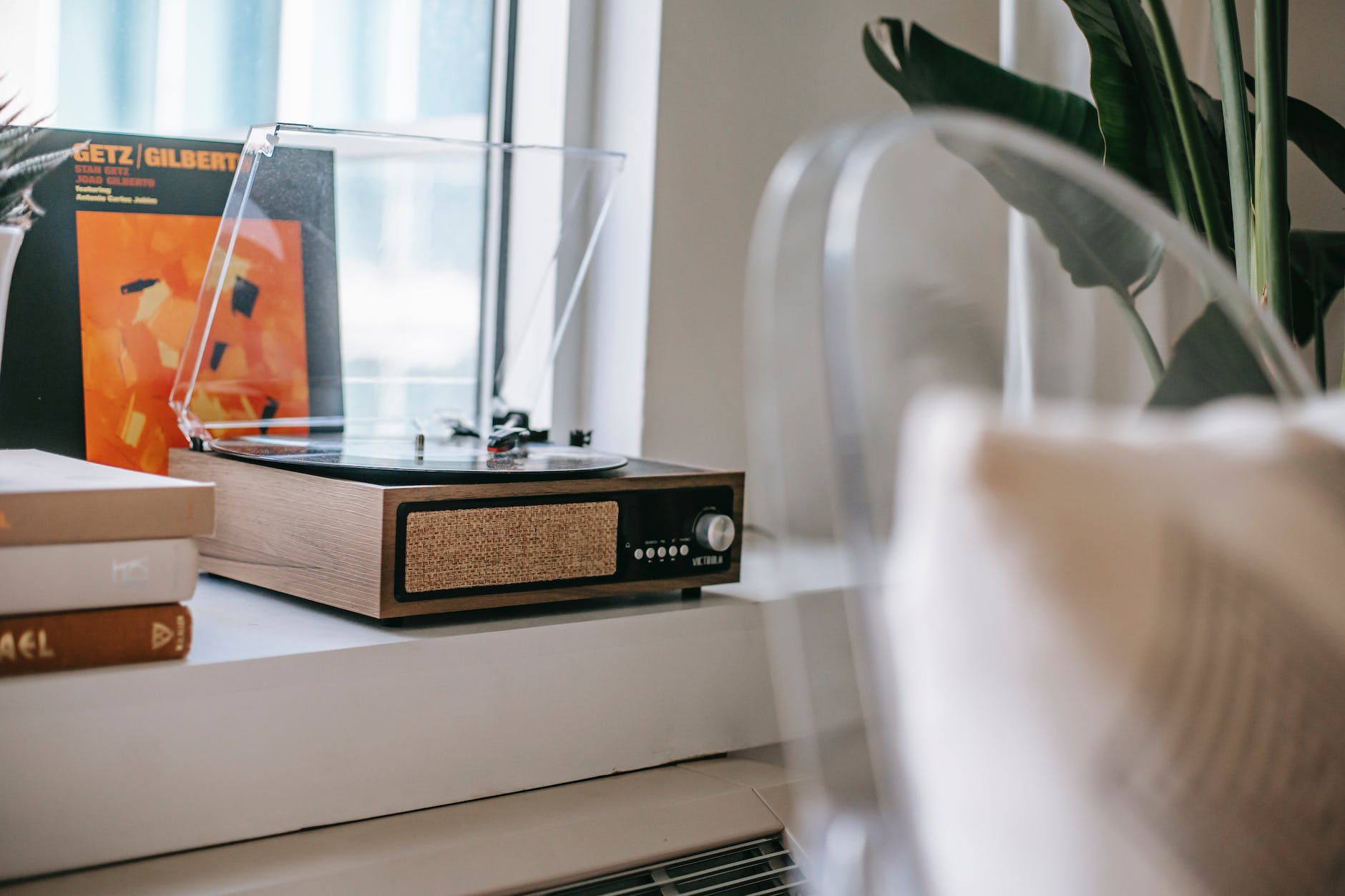Psychedelic Art Therapy is an emerging field that seeks to intertwine the therapeutic benefits of art with the transformative potential of psychedelic experiences. This form of therapy combines self-reflection, introspection, integration, and art-making, offering a unique method for healing trauma and deepening self-discovery.
The fusion of these distinct disciplines, widely acknowledged for their separate transformative potentials, engenders a unique nonverbal expression process designed to enhance the therapeutic community. But what exactly is Psychedelic Art Therapy and how does it help individuals confront and conquer trauma and emotional hurdles?
The core of Psychedelic Art Therapy revolves around the integration of psychedelic experiences into one’s psyche through the outlet of art-making. The practice is deeply rooted in the understanding that our subconscious minds house complex sentiments and memories we may struggle to express verbally. Art then has the power to illustrate these internal narratives, fostering a deeper connection with our inner selves.
A key aspect of Psychedelic Art Therapy is the use of controlled environments for the administration of psychedelic substances. A definitive guide on psychedelic therapy illustrates the supportive setting necessary to manage the profound experiences that ensue.
Psychedelics such as LSD, psilocybin (the active compound in magic mushrooms), and MDMA, long stigmatized for recreational misuse, are being rediscovered for their therapeutic benefits. Renewed research is shedding light on these substances’ ability to catalyze significant mental shifts and enhance connectivity within the brain, facilitating healing and self-discovery in the therapeutic process.
How does this work? Imagine a tangled ball of yarn signifying a mind ravaged by trauma. The unique, often intense, introspective journey induced by psychedelics can loosen the knots, providing a clearer view of the path towards healing. Meanwhile, the art-making process allows individuals to visually express and record their experiences, fostering a deeper connection with their emotions and understanding of their trauma.
Art is a universal language that has long held a significant role in therapy. Art Therapy allows individuals to communicate their innermost thoughts and feelings through creative nonverbal expression, enabling them to confront, unravel, and manage their personal traumas.
When coupled with psychedelics, the impact is profound. Art allows individuals to externalize their experience tangibly, serving as a form of integration. This process essentially anchors the insights and emotional shifts they experience, helping them better remember, process and apply the transformations into their everyday life.
Moreover, the production of psychedelic-inspired artwork can foster stronger connections within the therapeutic community. Artworks may be shared and discussed within therapeutic circles or support groups, creating an empathetic and nurturing environment that advances the healing process.
To measure the efficacy of this intriguing form of therapy, researchers have been conducting studies in the field. Results indicate highly positive outcomes with Psychedelic Art Therapy aiding in coping with various mental health conditions such as PTSD, anxiety, depression, and terminal illnesses.
However, it is essential to remember that Psychedelic Art Therapy, like any other form of treatment, should be sought and performed under professional guidance. Unregulated or unsupervised use of psychedelic substances can lead to potentially harmful experiences.
In conclusion, Psychedelic Art Therapy is not merely an intersection of art and psychedelics; it represents a paradigm-shifting approach to mental health treatment. By leveraging the therapeutic benefits of psychedelics and art-making, it promises a compelling pathway towards healing, self-discovery, and trauma resolution. As research within this intriguing field continues to unfold, it beckons a new era in the therapeutic community, one where nonverbal expression, integration, and introspection lead the way.





